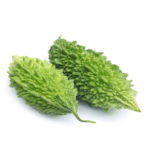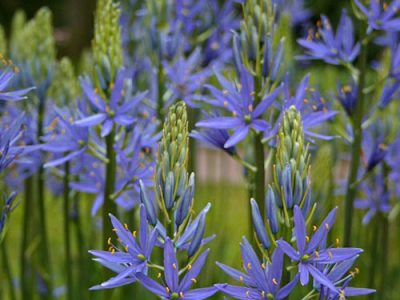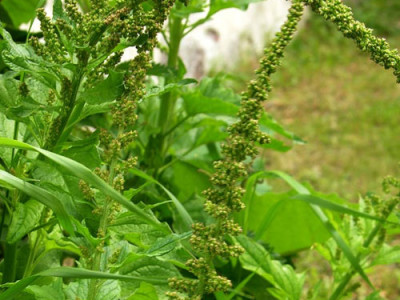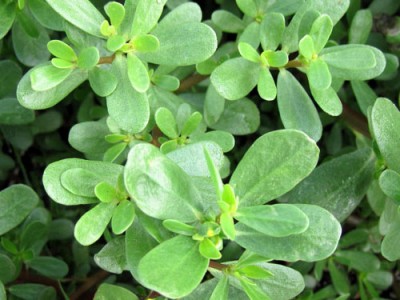
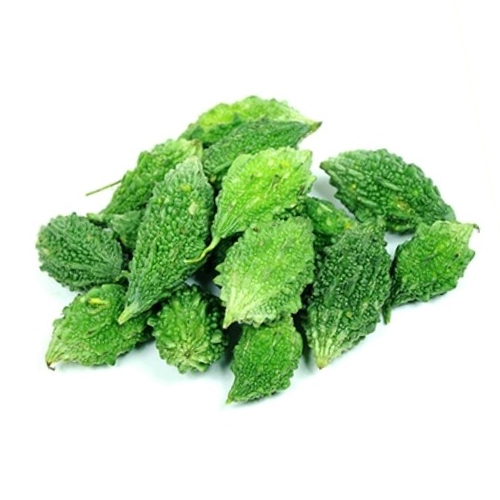
Baby Bitter Gourd Nutrition And Chemical Properties
Baby Bitter Gourd Nutrition And Chemical Properties
Bitter melons or bitter gourds are one of the nature’s most healing foods. Having its roots in the Cucurbitaceae family, it is cultivated in the tropical and subtropical regions (Asia, Africa and etc) of the world.
This topic will deal with a plant named Baby Bitter Gourd. The Scientific name of this plant is Momordica charantia.
Initially, it was originated in the Indian subcontinent and got spread to parts of china and other countries of the world during the 14th century.
It is commonly called as bitter melon, bitter apple, bitter gourd. bitter squash, balsam-pear.
Nutrition Benefits
- Packed with precious nutrients, they are a powerhouse of vitamins B1, B2, and B3, C, magnesium, Folate, zinc, phosphorus, manganese, and have high dietary fiber.
- They are low in calories, and rich in iron, beta-carotene, calcium and potassium which are twice of broccoli, spinach and banana respectively.
Baby Bitter Gourd Uses
- Seeing that the smaller variety is said to be bitterer compared to the bigger one, several methods are handled in order to lessen the bitter flavor.
- For e.g., they are soaked in salt water for about half an hour before juicing/cooking and some consider adding honey or apple or carrot juice to make it more palatable.
- Used throughout the globe, they are an ideal choice for stuffed food and gourmet cuisine uses.
Chemical Properties
- Widely recognized for its anti-diabetic properties, it is said to contain at least three active substances with related to it, which includes Charantin, which has been confirmed to have a blood glucose-lowering effect, vicine, and an insulin-like compound known as polypeptide-p.
- Charantin, vicine, and polypeptide-p are said to work either individually or collectively to help control blood sugar levels.
(Visited 1,815 times, 1 visits today)

